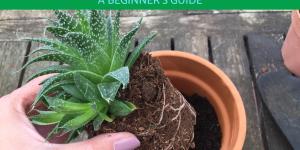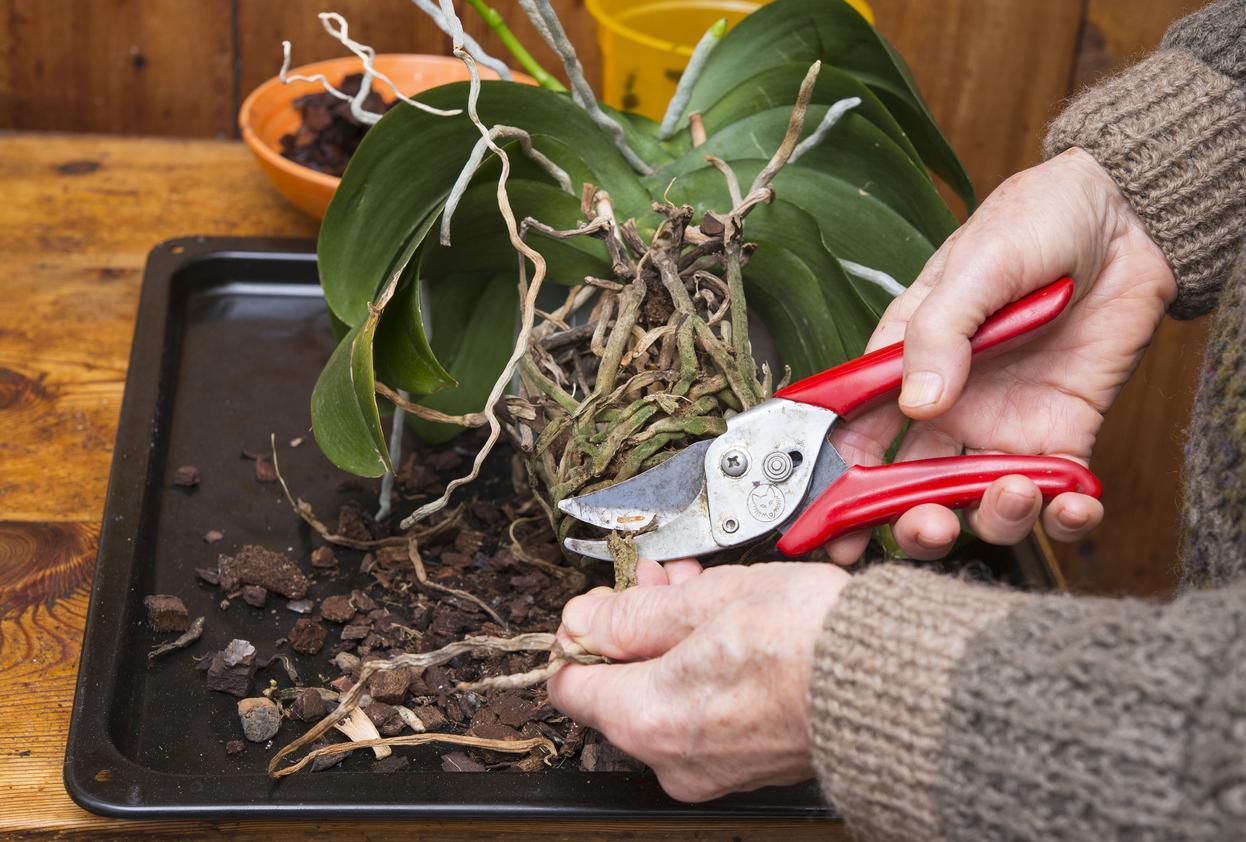What Is Root Pruning?


Pruning the roots of a plant is an often overlooked aspect of gardening and plant care. It is a job which can help a plant to develop into a healthy mature specimen or it can help return an impoverished plant back to health. Unfortunately, it is something which is often disregarded by many plant owners. While a common pruning technique in horticulture, many people are still unaware of the benefits it can provide.
thedailyECO helps to explains these benefits by asking what is root pruning? We look at both tree root pruning and root pruning of potted plants to help you know if it is something you can introduce to your care routine.
What is root pruning?
In its basic definition, root pruning is the cutting of roots to a certain length. The main purpose of root pruning is to control root growth or stimulate it in a healthy way. This can help to create a root system for the plant which is well-distributed and which can optimize nutrient enrichment.
The tools used in root pruning will depend on the needs of the plant. For smaller plants, pruning shears are usually sufficient. For trees, it is possible a root pruning saw will be required, but this is usually a job reserved for professionals.
For smaller plants and shrubs, root pruning is often carried our before transplantation from one substrate to another. This encourages growth of fine feeder roots. In potted plants, root pruning can help prevent the roots from growing too dense and hindering the nutrient and water absorption of the plant. Pruning the roots of some plant can also be done for aesthetic purposes, especially for bonsai trees.
In addition to root pruning, you can discover the different types of pruning techniques with our related guide.
When should root pruning occur?
There are several reasons for pruning the roots of a plant. The roots are the organ through which the plant absorbs water and nutrients. This absorption can only be carried out through the root hairs, which only young roots have. For this reason, the plant's roots never stop growing. Especially in the case of potted plants, they end up colonizing all the available space, exhausting the nutrients and requiring a transplant to a larger container or simply renewing the space by pruning the roots.
Cutting the roots when transplanting the plant to a new space or container can also help it develop better and adapt more quickly to its new space. It also helps to stimulate the growth of new roots, even in the case of outdoor plants.
Root pruning should always be done during the plant's dormant period. This helps to minimize the stress and damage the may experience. In most cases, this means that it will have to be done sometime between late autumn and winter.
How to prune the roots of a potted plant
When a potted plant has grown too much, its roots can start to fill up its container until they are entangled into a solid mass. This state can ruin the substrate and prevent the proper absorption of nutrients. In many cases, this can lead to the death of the plant. Pruning roots in time can help to prevent the roots from getting to this stage, whether we want to transfer it to a different container or we want to keep it in the same pot.
Follow these steps for root pruning a potted plant:
- Start by removing the plant from its current pot. If the size of the plant allows it, turn it upside down by carefully grasping the root ball. If it's too big to do so, turn it on its side and roll it and gently tap the sides to separate it from the pot. If you still can't remove it because the roots are stuck, you can water it. While it will be heavier, it should also come out more easily.
- Once you have the root ball separated, take very sharp pruning shears and sterilize them with alcohol. Very carefully, cut the outermost part that was touching the pot to make a root system narrower than the pot itself. You can cut the thin and fine roots, but avoid damaging those that have solid wood. You will also need to avoid primary roots such as a bulb as doing so would most likely kill the plant.
- After cleaning the outer layer, carefully remove the soil with your fingers to examine the condition of the roots. Prune off any darkened roots or those that look rotten. Apply a suitable fungicide if necessary.
- Carefully untangle the roots as much as possible, trimming the root ball to a maximum of one-third of its original size.
- Finally, you can replant the root ball in a new container. Ideally, use a new substrate which has been enriched with fertilizer. The new roots will be more efficient at absorbing nutrient. Give the plant a few days in a semi-shaded location to recover and after a week you can return it to its final location.
Learn more about what is the best substrate for your plant with our article on what is universal soil?

How to prune tree roots
Before you start tree root pruning, you need to assess its health. If you discover the tree is in very poor health, we recommend not pruning. This also applies to old trees that are not capable of coping with this type of treatment. Likewise, avoid performing this type of operation if the tree is not stable. Keep these tips in mind when pruning the roots of a tree:
- Pruning the roots is a process that will put the tree to the test, so if you are not an expert it is always best to rely on professionals such as tree surgeons.
- If you have all the necessary knowledge to prune the roots of a tree, start by determining the optimal size of the root ball to avoid pruning too aggressively. You will then need to calculate and mark the drip line that the tree needs to hydrate itself so that the pruning does not interrupt this process necessary for its growth.
- If you want to make sure you are pruning correctly, never remove more than 20% of the roots above the ground. To remove them, use a sharp saw to cut only the necessary roots and make a clean cut that avoids possible diseases.
- Finally, make sure that the tree has adequate humidity after pruning. To do this, water it constantly to keep the area near the roots at an optimal level of humidity, avoiding waterlogging.
- Likewise, remember that each type of tree species prefers a different season of the year for this type of treatment. Check the characteristics of your tree to avoid pruning during the flowering and growth months.
Now that you have learned about root pruning, we advise you to learn more about tree anatomy by looking at the different parts of a plant and their functions.
If you want to read similar articles to What Is Root Pruning?, we recommend you visit our Plant care and cultivation category.






